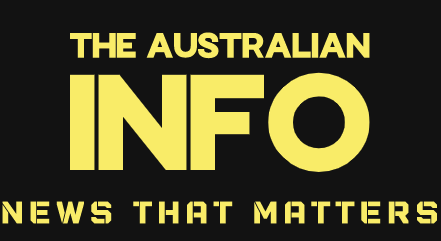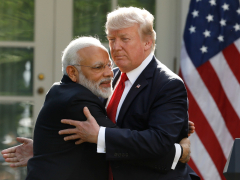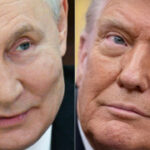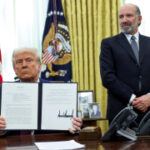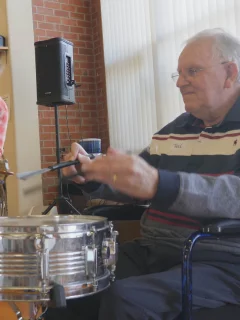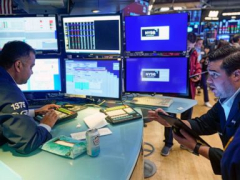New Delhi, India – Indian Prime Minister Narendra Modi landed in Washington late on Wednesday night and is scheduled to meet United States President Donald Trump on Thursday at the White House.
While the two leaders have often described each other as friends in the past, and have even held joint political rallies together, Modi’s visit comes at a time when the relationship is being tested by Trump’s tariff threats and deportation realities.
“I look forward to meeting my friend, President Trump,” Modi said in a departing message, adding that he has a “very warm recollection of working together in [Trump’s] first term”.
Trump had announced Modi’s visit to the US after their telephone conversation on January 27, a week after he was sworn into office for his second term. After their call, Trump also said that he believed Modi would do “what is right” on undocumented Indian migrants in the US.
But pleasing both Trump and the Indian public won’t be easy for Modi.
Here’s what’s at stake for India, and what Modi might bring with him to the meeting with Trump to try to placate the US president.
What’s at stake for India?
The US is India’s largest export destination and ranks among its top two trade partners in several sectors, including technology, trade, defence and energy. The two-way trade between the US and India touched an all-time high of $118bn in 2023-24.
Bilateral ties have also strengthened in the last three decades as the US has increasingly focused on countering the rise of a shared rival – China.
But despite that convergence, Trump has made clear – as he had with several US allies – that he has deep differences too with India.
During his campaign for the 2024 election, Trump labelled India a “very big abuser” of trade and threatened tariffs. Since being elected, he pushed New Delhi to buy more US-made security equipment as a way to reduce the imbalance in their trade. In 2024, the trade surplus stood at $45.6bn, in favour of India, according to US government data.
Trump’s re-election campaign also highlighted undocumented immigration and illegal settlement in the US. As of 2022, India ranked third, after Mexico and El Salvador, among countries with the largest number of undocumented immigrants – 725,000 – living in the country.
And on Wednesday last week, a US military plane touched down in Amritsar, a city in northern India, carrying 104 Indian deportees, their hands and legs cuffed. In the farthest such journey undertaken by a US military aircraft, the “mistreatment” of deportees prompted a major outrage, including protests by the opposition, in India.
“India has always celebrated the success of Indians in the US, which means Indian Americans have been a very visible community in India’s consciousness,” said Swaran Singh, professor at the centre of international politics at Delhi’s prestigious Jawaharlal Nehru University. Indian foreign policy too, under Modi, has especially celebrated nonresident Indians, he said. “These dynamics make the mistreatment of Indian deportees a volatile and inflammable issue in bilateral ties,” Singh said.
Jon Danilowicz, a retired diplomat who served at the US Department of State, said that Modi’s meeting with Trump “is mainly an opportunity for the Indian PM to present his side of the story to make New Delhi’s case”.
But what could Modi offer to manage the Trump threat on tariffs and deportation?
What’s Modi’s likely game plan on deportation?
Singh noted the Indian government’s muted official reaction to the outrage over images of citizens returning from the US in cuffs.
That, he suggested, was a deliberate decision.
“Trump has some method in his madness. He uses whimsical statements to create maximum pressure,” said Singh. “It is not a good sense to then publicly confront him [on contentious issues].”
Instead, after an uproar in the parliament, India’s foreign minister, S Jaishankar, said that the use of restraints was part of the US’s deportation policy, adding that “it is the obligation of all countries to take back their nationals if they are found to be living illegally abroad”.
“Our focus should be on a strong crackdown on the illegal migration industry while taking steps to ease visas for legitimate travellers,” said Jaishankar.
How might Modi counter Trump on tariffs?
Trump has promised to announce further tariffs later this week, and though he hasn’t specified which countries or sectors might be targeted, India is expected to be affected.
On Wednesday, White House Press Secretary Caroline Leavitt said that she expected these reciprocal tariffs – against countries that Trump believes impose unfair restrictions on US imports – to be announced before the US president meets Modi.
Trump has already imposed a 10 percent tariff on all Chinese imports on top of existing tariffs and has introduced a 25 percent tariff on all steel and aluminium imports.
But when Modi meets Trump, the Indian PM could point to recent unilateral steps that India has tak
